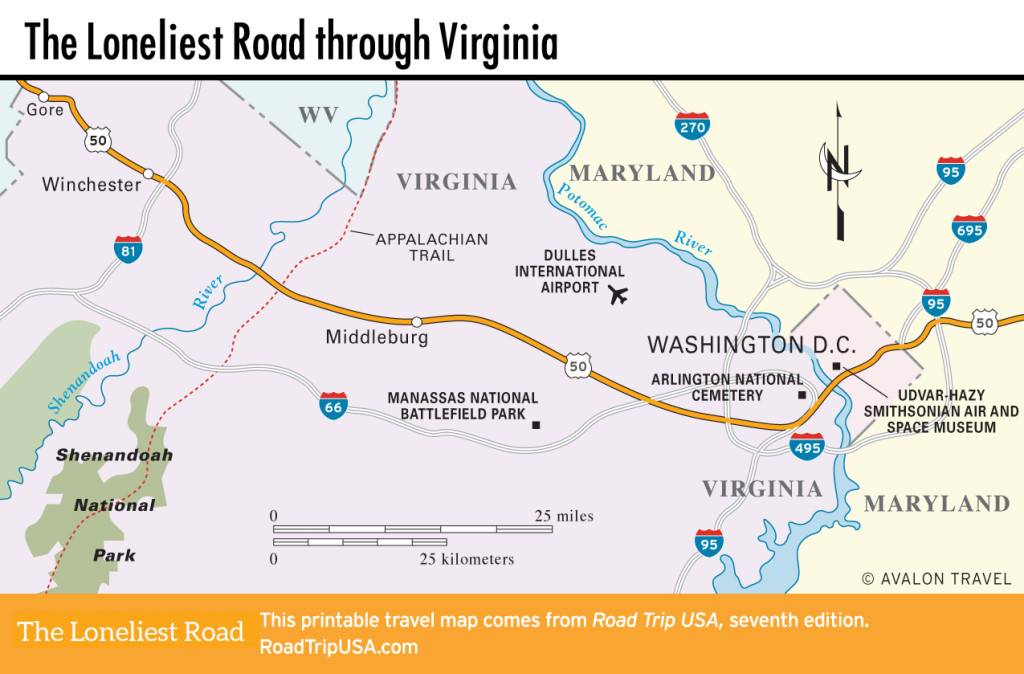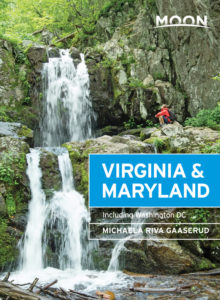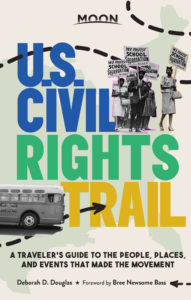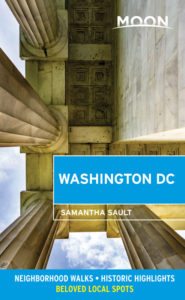Manassas and Arlington
Manassas National Battlefield Park
Site of the first major land battle of the Civil War, Manassas National Battlefield Park has been preserved intact despite the suburbanizing pressures of the surrounding towns. The prospect of battle-view executive homes still looms in the future, but for now, Manassas (which, in the North, was also known as Bull Run) is among the most evocative of all the Civil War sites, its 8 square miles (21 square km) of rolling hills and woodlands kept as they were, with few intrusions of modern life.
Manassas, which controlled transportation links between Washington DC and the Shenandoah Valley, was the site of two major battles. The first battle, fought here on July 21, 1861, was strategically inconclusive, though the fact that the Confederates forced the overconfident Union army into a panicked retreat surprised the many onlookers who had traveled out from Washington to watch the fighting. It foreshadowed the next four years of war. The second battle, fought August 28-30, 1862, followed the instatement of Robert E. Lee as commander of the Confederate forces. That conflict marked the beginning of the bloodiest year of fighting, culminating in the battle of Gettysburg the following July.
Monuments and memorials dot the grassy hills, pointing out the many key moments of the battles, and rows of artillery are set up along battle lines. A loosely structured 1.4-mi (2.3-km) walking tour begins at the Henry Hill Visitor Center (703/361-1339, free), where audiovisual displays and collections of military artifacts give a sense of what the war was like.
To reach Manassas Battlefield, follow the I-66 freeway from Washington DC or the Lee Highway (US-29) west from Fairfax. From US-50, follow US-15 or the smaller Hwy-659 south.
Arlington National Cemetery
Across the Potomac River from Washington DC, one of the most compelling and thought-provoking places in the capital region is Arlington National Cemetery (daily, free), a more than 600-ac (243 ha) hillside that contains the mortal remains of over 400,000 U.S. soldiers, sailors, and public servants. Row after row of nearly identical unadorned white tablets cover most of the cemetery, but special plots are dedicated to the most prominent people, such as John F. and Jacqueline Kennedy, who are buried together beneath an eternal flame, 200 yd (183 m) straight beyond the main gate. Bobby Kennedy’s grave is adjacent.
Located high on a ridge at the top of Arlington Cemetery, the neoclassical mansion of Arlington House was the antebellum home of Confederate general Robert E. Lee. Besides providing great views of the Mall and the heart of monumental Washington, the house serves as a vivid reminder of the deep rift caused by the Civil War. During the war, the grounds of the house were made into a cemetery for war dead, which formed the basis for Arlington National Cemetery. Washington’s French-born designer, Pierre L’Enfant, lies in front of the mansion in a tomb marked by his plan for the city. The somber Tomb of the Unknown Solider is a quarter-mile (0.4 km) south of Arlington House, where a U.S. Army honor guard is formally “changed” every half-hour during hot summer days, every hour on cold winter nights.
To explore Arlington Cemetery more completely, stop first at the welcome center (877/907-8585, daily) near the cemetery entrance for a map of the grounds that identifies the gravesites of many other famous people interred here, including boxer Joe Louis, explorer Robert Peary, civil rights martyr Medgar Evers, and writer Dashiell Hammett.

















